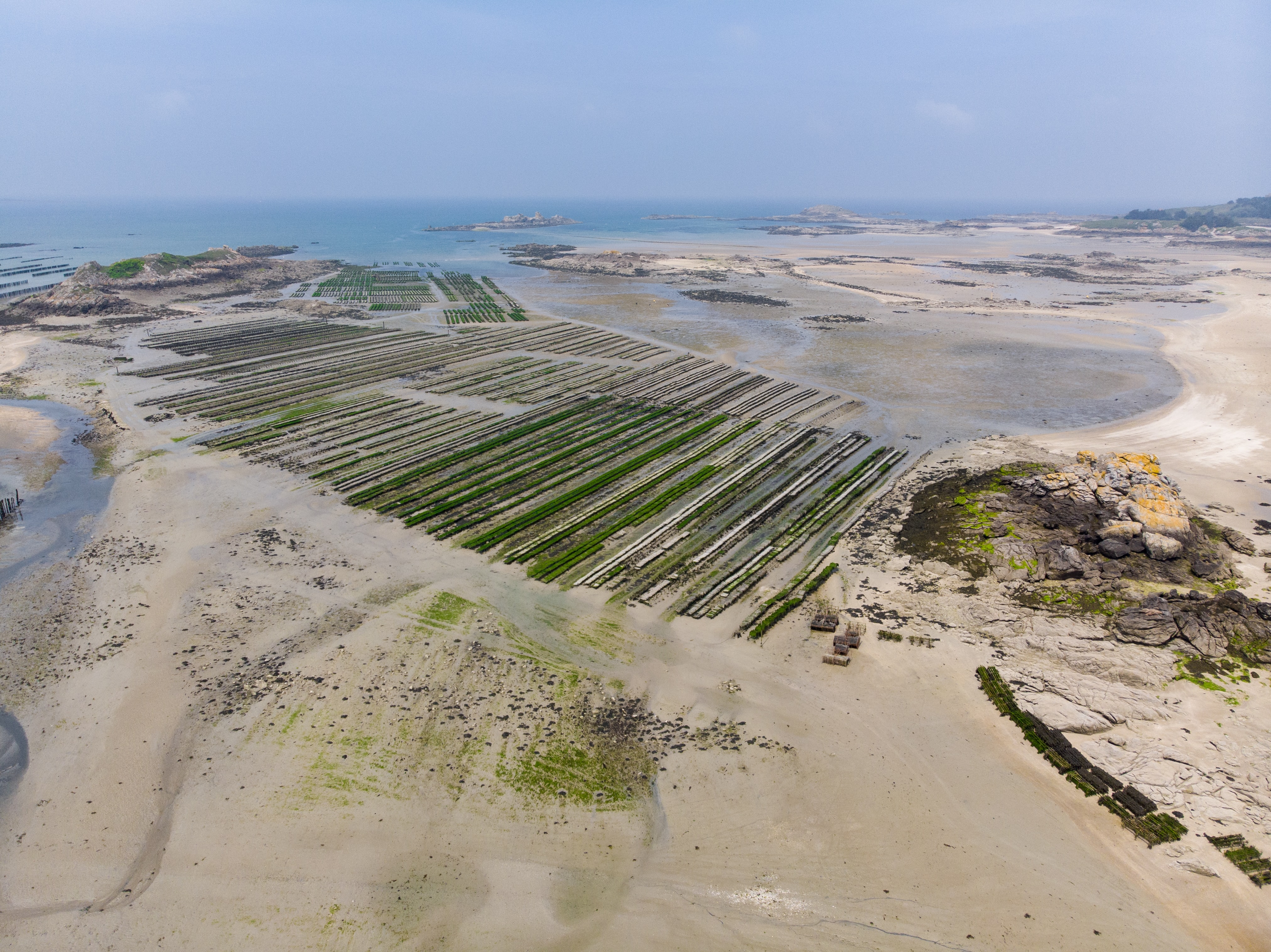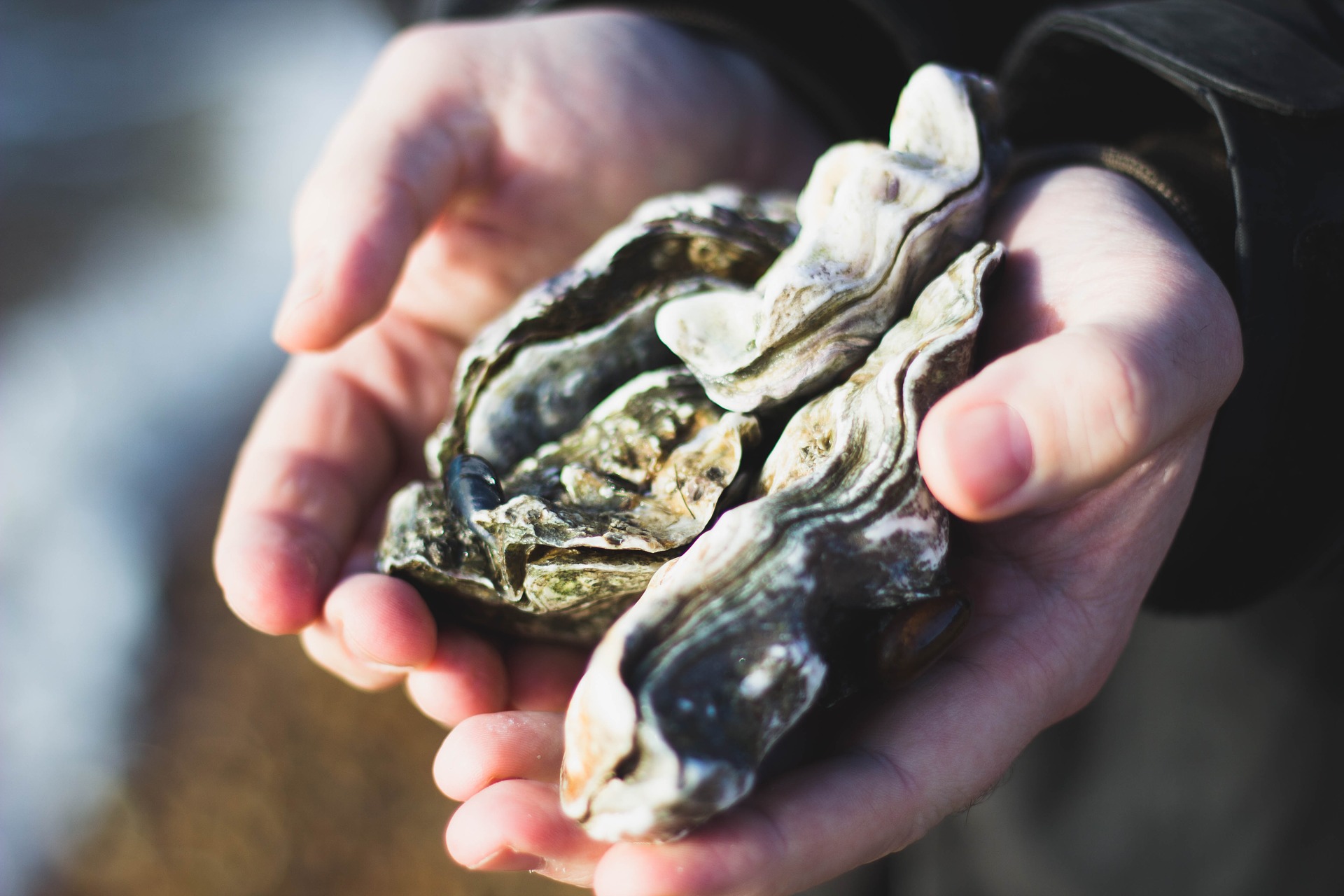Socio-Economics
Socio-Economics
Overview
S3-EUROHAB has a dedicated work stream that aims to analyse and, where possible, qualify and quantify the social and economic impacts of HABs directly on the shellfisheries, aquaculture, tourism sectors and wider local economies in four case study sites in the French-English Channel region. It will also assess the cost effectiveness of the web-based HAB alert system and how different sectors respond to the information contained within it.
HAB events are relatively rare on the English side of the Channel and for much of the shellfisheries sector they currently have little impact. The aquaculture sector, due to its static nature, is more vulnerable to HABs and does suffer economic costs as a consequence. Evidence indicates that tourism-related businesses are also affected (Willis et al. 2018). On the French side of the Channel, HABs are a more significant issue. Parts of the Bay of Seine are frequently closed due to the presence of HABs, while the Bay of Brest has remained closed for several years.

Mussel farming in Brittany, France

Through collaboration between Plymouth Marine Laboratory, Université de Bretagne Occidentale and IFREMER and focusing in the UK on the Cornish coast from the Lizard to Rame head and the South Devon coast and in France on the Bay of Brest and Bay of Seine, a series of activities will be undertaken including:
- Workshops and interviews to understand stakeholder perceptions of HABs and their impacts.
- Interviews with individuals and organisations involved in the seafood value chain to identify where the impacts of HABs are felt most strongly and to quantify their magnitude.
- Sector based analysis of risk and economic impacts associated with HAB events.
- Survey of marine recreational users and the general public to assess how the presence of HABs may impact their recreational and seafood consumption decisions.
- Regional economic analysis to identify the wider-economic impacts of HABs at a case study level and the degree to which local economies are resilient to such events.
- Analysis of scenarios related to changes in monitoring and the introduction of an HAB alarm systems.
Activities to date and next steps
To date activities have included the preparation of a stakeholder inventory, identifying the multitude of organisations with interests in HABs; stakeholder workshops in the UK and France to discuss perceptions and impacts of HABs; and definition of the existing HAB monitoring system. A summary of these findings and a short report from the stakeholder workshops can be found here.
On-going activities are focusing on the collation of historic information on HABs and characterising the structure of the shellfish and aquaculture sectors within the wider economic structure of the case study sites. This is being accompanied by further interviews and workshops to gather stakeholder perceptions of HABs and their social and economic impacts.
For more information about this work, or if you would be interested in participating in an interview or workshop, please contact Dr Caroline Hattam or Dr Pascal Raux.
Popular Articles